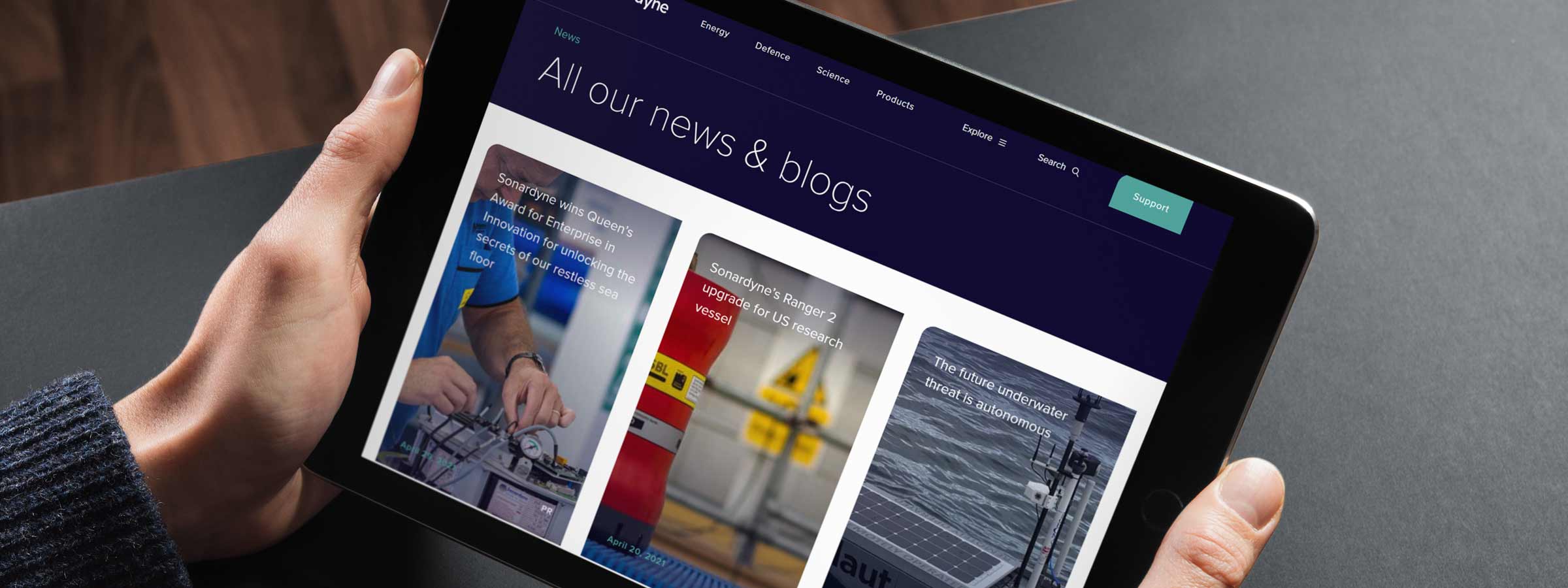Sonardyne International Ltd. has been awarded a contract by Noble Corporation to supply a Wireless Acoustic Emergency BOP Control System for its new deepwater drillship. The Noble Globetrotter II is the fifth Noble new-build vessel, along with other existing rigs, to be equipped with Sonardyne’s safety critical acoustic technology, providing reliable through-water wireless communications, positioning and BOP control in an emergency situation.
Noble Corporation is one of the largest offshore drilling contractors in the world and operates a worldwide fleet of 79 rigs and drillships. The Noble Globetrotter II is currently en route to the Netherlands for tower and drilling system installation and once complete, will be capable of drilling in water depths up to 10,000ft. The vessel is due to begin work in the Gulf of Mexico in the second half of 2013 on long-term contract to Shell.
In the event of loss of normal communications with a BOP stack, Sonardyne’s self-contained, high security acoustic command and control backup system is used to execute emergency shutdown and riser disconnect procedures. The digital wideband acoustic signal technology incorporated into the supplied system has been proven to offer reliable performance in a well blow-out scenario despite intense noise pollution from a ruptured wellhead that would have severely limited the performance of an analogue acoustic BOP system.
[blockquote author=” Ted Kenny, Business Development Manager of Subsea Control Systems at Sonardyne”]“We have previously installed Sonardyne BOP control systems on several other Noble rigs so we’re delighted to be able to continue providing them with the critical positioning and control solutions they need. As the only provider with acoustic systems that are field-proven in the immediate vicinity of a major subsea blowout, we have the technology and in-depth knowledge to support Noble as it continues with its deep water exploration activities. The redundancy of the equipment chosen for the Noble Globetrotter II means that they will be able to reliably communicate with the BOP from either the rig or remotely from a standby vessel if the need ever arises.”[/blockquote]
Fore more information about the Wireless Acoustic Emergency BOP Control System, click here.
